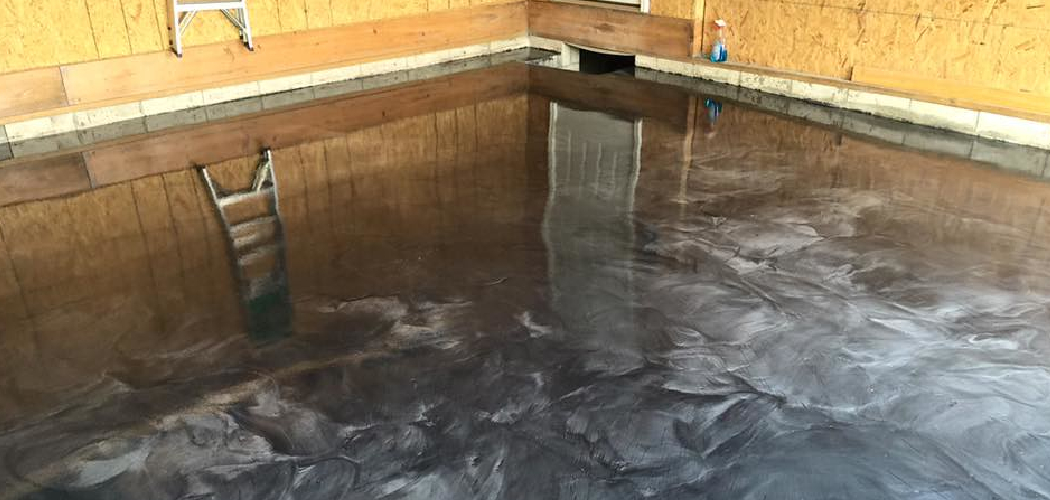Are you dealing with standing water in your garage, leaving surfaces slippery and dangerous? Perhaps you have noticed your floors begin to bow from the pressure from the pooling water that’s been collecting. If so, it’s time to take action. Thankfully, there are a number of simple steps that can help prevent this costly issue.
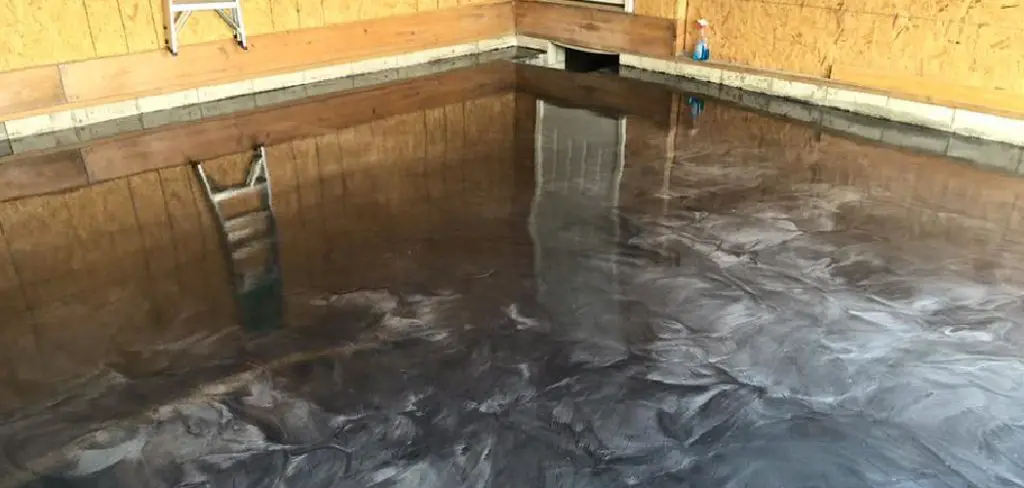
In this blog post, we’ll provide insider tips on how to prevent water pooling in garage – more importantly – prevent pooling water in your garage! Keep reading to learn what techniques work best for keeping wetness at bay and maintaining a safe environment for yourself, family members, vehicles, and belongings. Get ready to know all about preventing pooling water in your garage once and for all!
9 Best Ways on How to Prevent Water Pooling in Garage
1. Inspect and Repair Cracks:
One of the most common causes of pooling water in a garage is cracks or gaps in the flooring. These small crevices can allow rainwater, snow melt, and other types of moisture to seep into your garage unnoticed. It’s important to routinely inspect your floors for any cracks or gaps that could be contributing to the problem. If you find any, be sure to repair them as soon as possible with a waterproof sealant or epoxy filler.
2. Maintain Proper Drainage:
Another key factor in preventing water pooling in your garage is proper drainage. Make sure that the area surrounding your garage is graded away from the building, allowing excess water to flow away from your garage instead of towards it. Additionally, consider installing a gutter system to help redirect rainwater away from the garage as well. This will not only help prevent water pooling, but it will also protect the foundation of your garage.
3. Install a French Drain:
If your garage is prone to water pooling, you may want to consider installing a French drain. This type of drainage system involves digging a trench around the perimeter of your garage and filling it with gravel and a perforated pipe that directs water away from the building. While this can be a more costly solution, it is highly effective in preventing water pooling in garages.
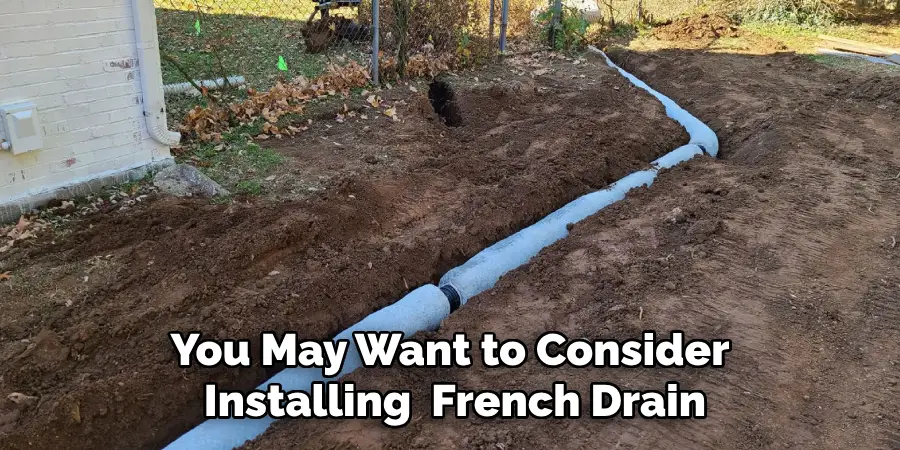
4. Use Water-Resistant Flooring:
Choosing the right flooring for your garage can also make a big difference in preventing water pooling. Consider using materials such as epoxy or vinyl that are designed to be resistant to water and other types of moisture. These types of flooring options are not only durable and low-maintenance, but they also provide a protective barrier against water damage.
5. Keep Garage Doors Sealed:
It’s important to make sure that your garage doors are properly sealed to prevent any leaks or cracks where water can seep in. Check the weather stripping regularly and replace it if needed. You can also consider installing a garage door threshold seal to further prevent water from entering your garage. This small investment can go a long way in preventing water pooling and protecting your garage from damage.
6. Utilize Proper Ventilation:
Proper ventilation is key in keeping moisture at bay. If your garage doesn’t have proper ventilation, it can lead to condensation buildup, which can contribute to water pooling. Make sure that your garage has adequate ventilation by installing vents or a dehumidifier to remove excess moisture from the air. This will not only help prevent water pooling, but it will also protect your belongings from mold and mildew.
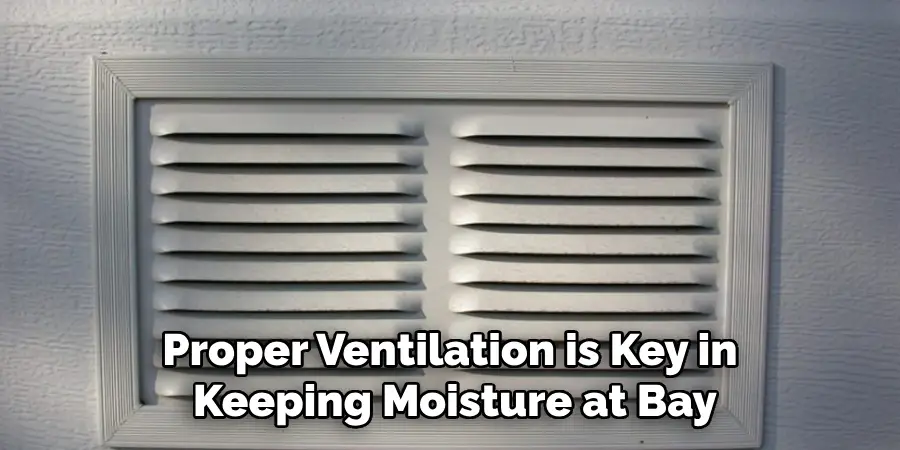
7. Clear Gutters Regularly:
In addition to maintaining proper drainage around your garage, it’s important to regularly clear out any debris or blockages in your gutters. This will ensure that rainwater is properly directed away from the building instead of overflowing and pooling near the garage. A few minutes of maintenance each month can save you from potential water damage and costly repairs.
8. Clean Up Spills Immediately:
Small spills or leaks in the garage may seem insignificant, but they can eventually lead to water pooling if not cleaned up promptly. Be sure to clean up any spills as soon as possible and address any leaks or plumbing issues as soon as they are noticed. This will not only prevent water pooling, but it will also maintain a safe and dry environment in your garage.
9. Regularly Check for Foundation Issues:
Last but not least, it’s important to regularly inspect the foundation of your garage for any signs of damage or cracks. If you notice any issues, be sure to address them promptly to prevent any further damage and potential water pooling. Keeping your garage foundation in good shape is key to preventing water from seeping into the space and causing issues.
Following these tips and implementing preventative measures can go a long way in preventing water pooling in your garage. By staying on top of maintenance and addressing any issues promptly, you can ensure that your garage stays dry and safe for years to come. Don’t let standing water become a costly problem – take action today!
Your garage (and wallet) will thank you. So, keep these tips in mind and protect your garage from water pooling! Stay safe, stay dry, stay proactive – prevent water pooling in your garage. Garage on!
Additional Tips and Tricks to Prevent Water Pooling in Garage
1. When designing or renovating your garage, ensure that the floor slopes away from the entrance. This will prevent water from flowing into your garage.
2. Install a drainage system in and around your garage. This can include French drains, catch basins, and gutter downspouts directed away from the area. These systems help to divert excess water away from your garage.
3. Seal any cracks or gaps in your garage floor to prevent water from seeping through. This can be done with sealant or epoxy.
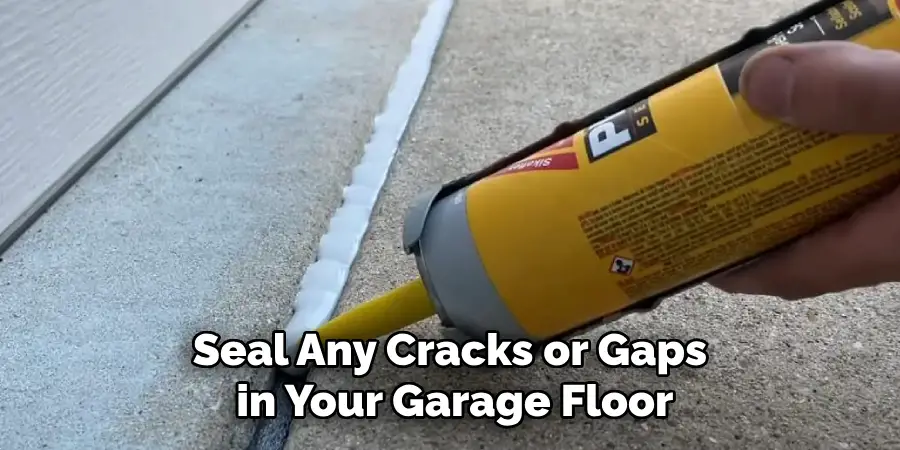
4. Keep gutters and downspouts clean and free of debris to allow proper drainage away from your garage.
5. If you notice standing water on your driveway leading to the garage, consider installing a trench drain or channel drain along the sides. This will help to redirect water away from your garage.
6. Regularly inspect and maintain the perimeter of your garage, including the walls and foundation, for any cracks or damage that could allow water to enter.
7. If you have a garage door, make sure it is properly sealed to prevent water from seeping in during heavy rain or snow.
8. Consider using porous pavement or pavers for your driveway to allow water to drain through instead of pooling on the surface.
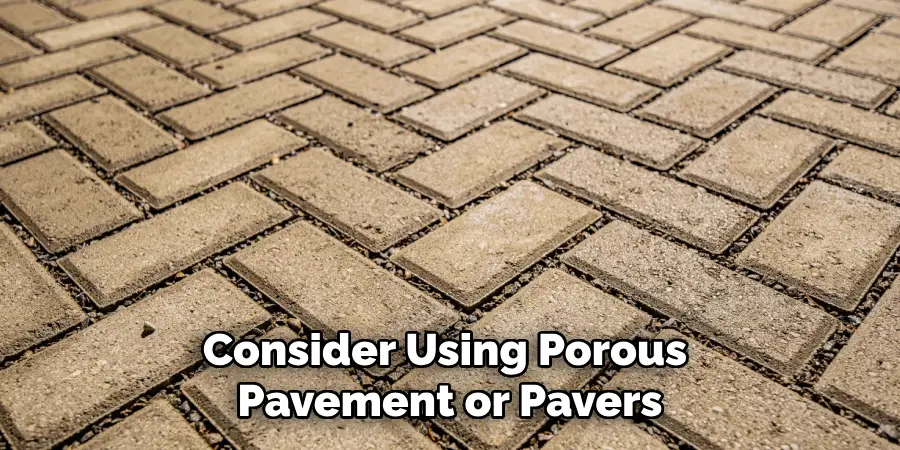
9. If you live in an area prone to heavy rain or flooding, consider installing a sump pump in your garage to remove excess water.
10. Monitor the grading around your garage and make sure it slopes away from the structure. If necessary, re-grade the area to prevent water from pooling near the foundation.
11. Regularly clean and maintain your garage floor to prevent debris and dirt build-up that can cause water to pool in certain areas.
Following these additional tips and tricks can help you prevent water pooling in your garage and protect your belongings from potential water damage. Remember to always be vigilant and address any issues as soon as they arise to keep your garage safe and dry. So, make sure to implement these preventive measures to avoid any inconvenience in the future. Happy garaging!
Frequently Asked Questions
What is Water Pooling in the Garage?
Water pooling, also known as standing water or puddling, refers to the accumulation of water in your garage due to inadequate drainage or a sloping floor.
Why Should I Be Concerned About Water Pooling in My Garage?
Water pooling can lead to various problems such as damage to stored items, mold and mildew growth, and structural damage. It can also create a slippery surface, making it dangerous for walking or driving in the garage.
How Can I Prevent Water Pooling in My Garage?
There are several ways to prevent water from pooling in your garage. One solution is to install gutters and downspouts around your garage to divert rainwater away from the building. Another option is to seal any cracks or gaps in the walls, floors, and doors to prevent water from seeping in. Additionally, making sure the garage floor is properly sloped towards a floor drain can also help with drainage.
Can I Fix the Water Pooling in My Garage by Myself?
It is always recommended to consult a professional for any major issues with your garage. However, if you notice small areas of water pooling, you can try DIY methods such as using a squeegee or wet/dry vacuum to remove the water. It is important to address the root cause of the issue to prevent further damage.
How Often Should I Check for Water Pooling in My Garage?
It is recommended to check for signs of water pooling in your garage at least once every few months, especially after heavy rainfall. Regular maintenance and inspection can help identify any potential issues before they escalate into larger problems.
Conclusion
In summary, preventing water from entering and pooling in your garage should be a top priority. Taking the right steps to ensure proper drainage, prevent flooding, and reinforce the structure of your garage doors are all essential measures to protect you and your belongings.
Sealing doorways, gutter cleaning, and investing in a sump pump can also help ensure that the groundwater is managed responsibly.
Ultimately, how you use the space in and around your garage will have an impact on whether or not water pools there. Keeping it organized and free of debris is key! So make sure to take these proactive steps now so that you don’t find yourself dealing with extensive damage or costly repairs due to water pooling in your garage.
Do not let this issue happen! Take action today – explore our collection of materials on How to Prevent Water Pooling in Garage so that your area can become drier than ever before.

